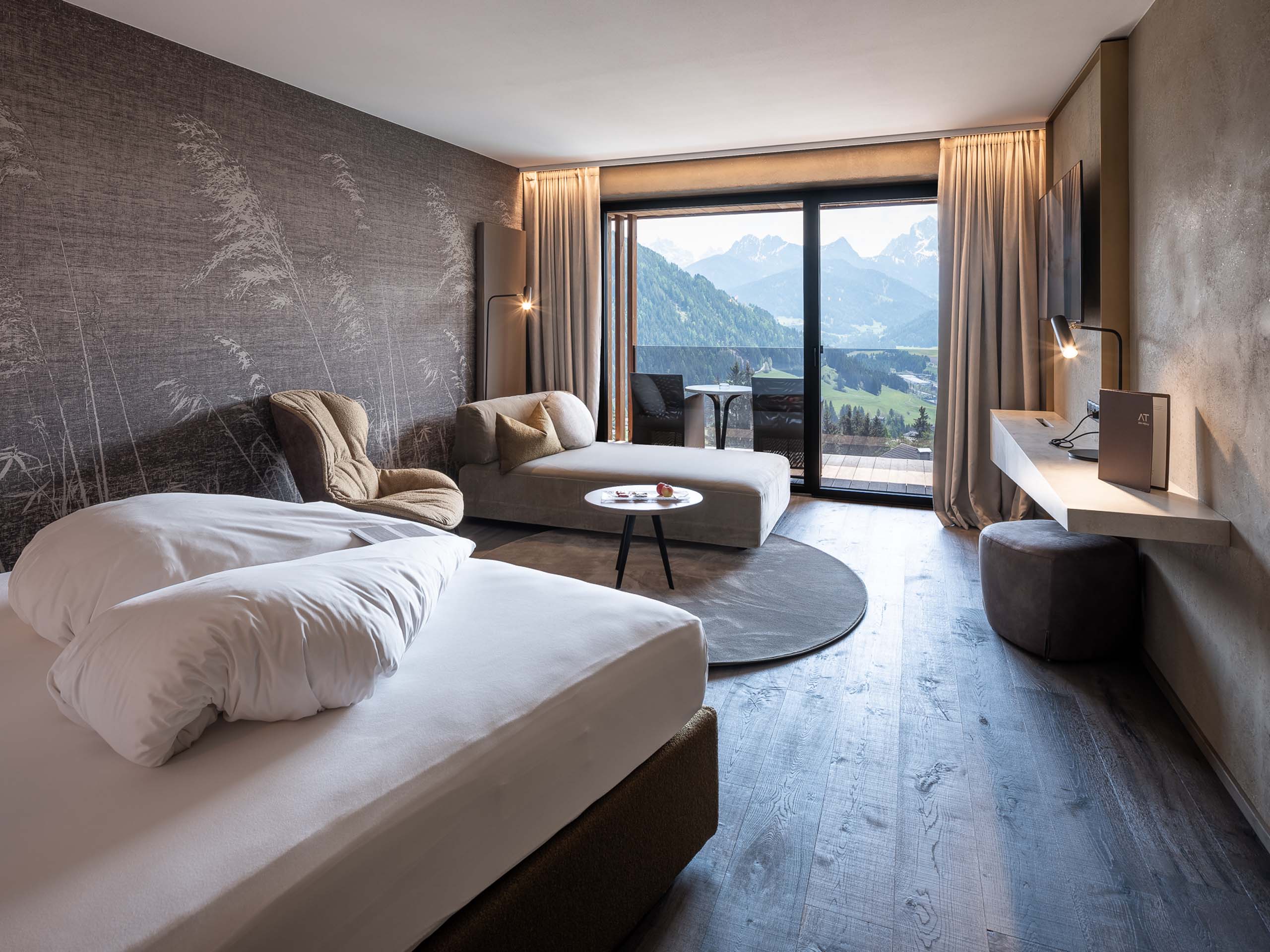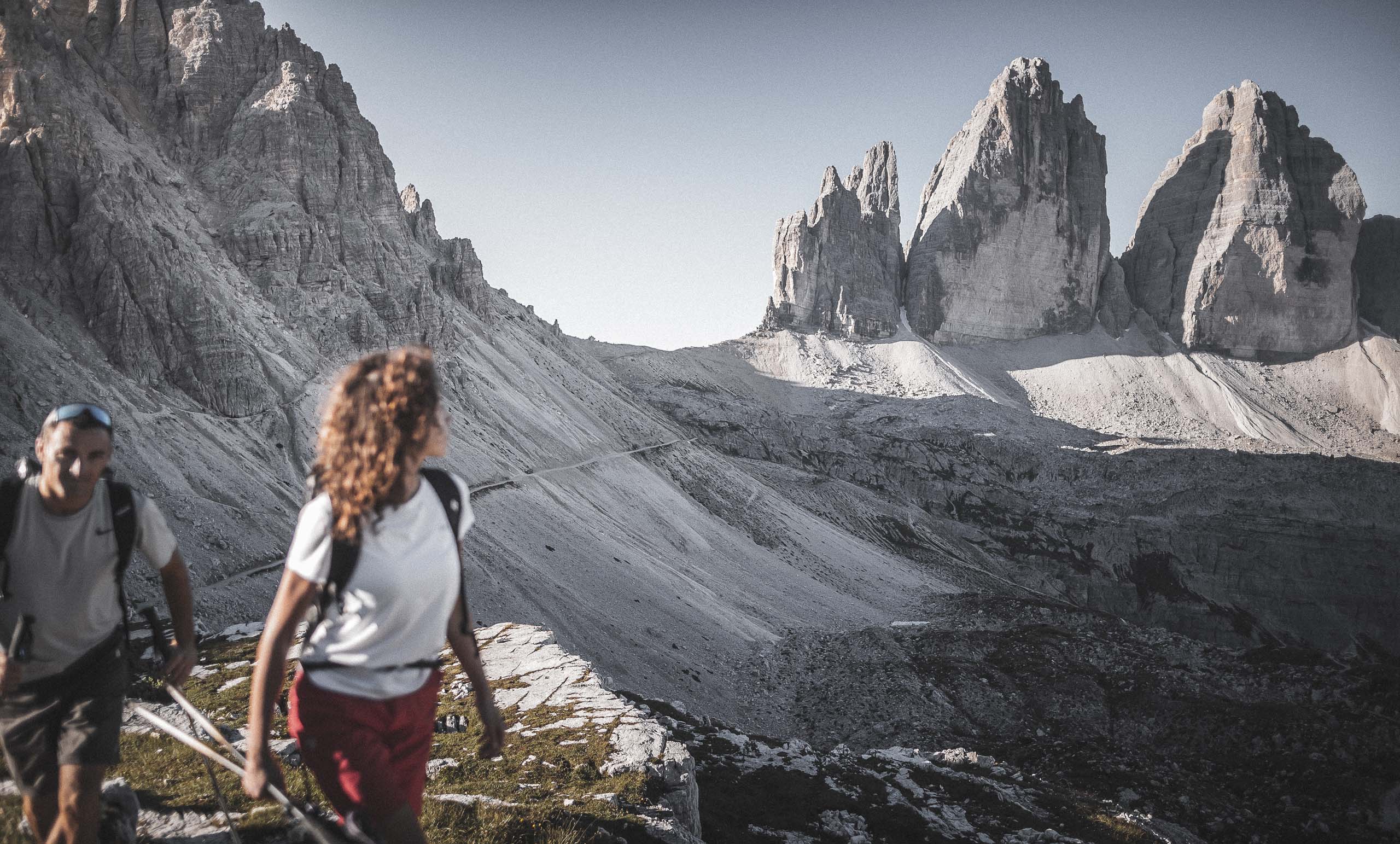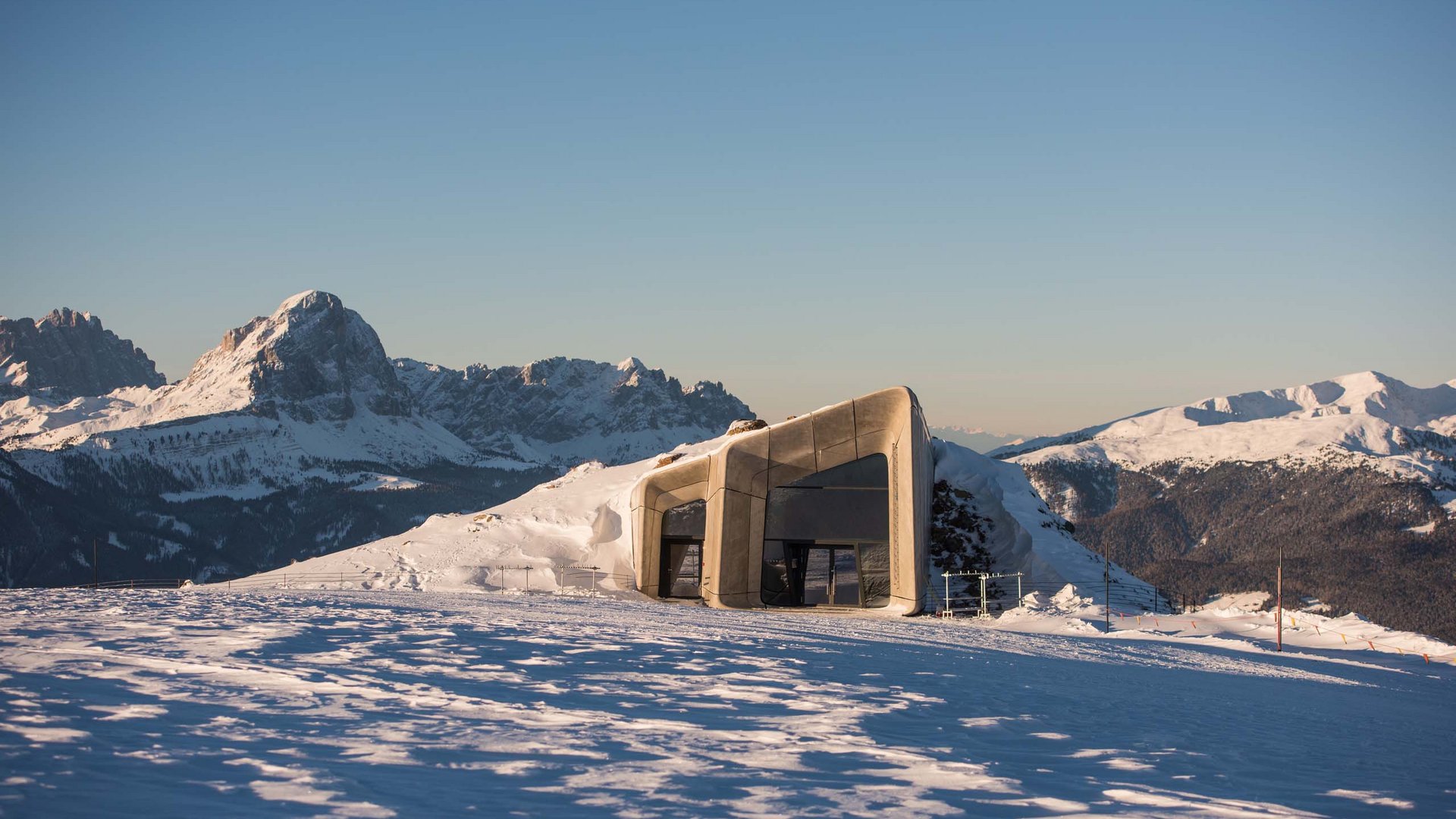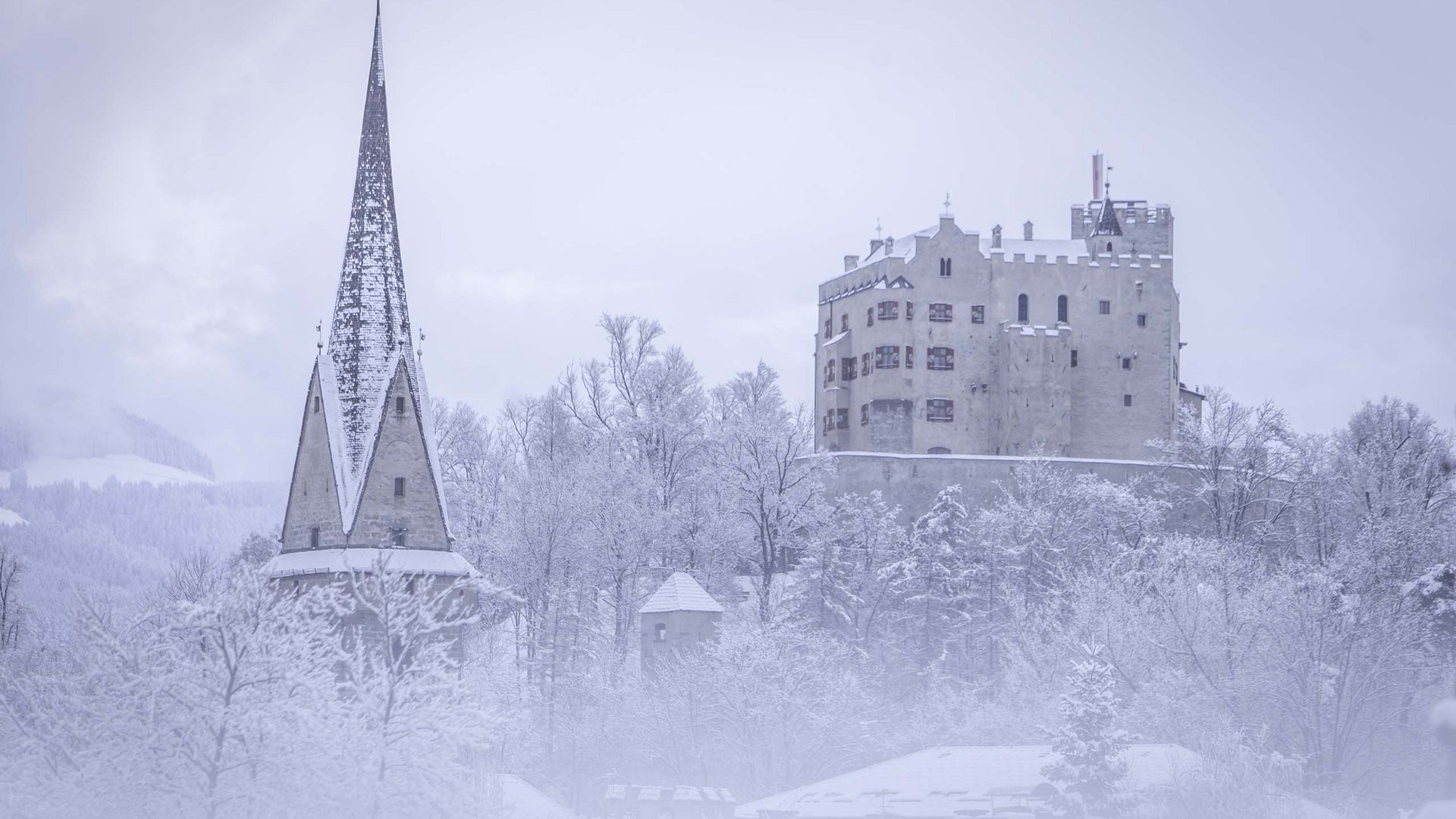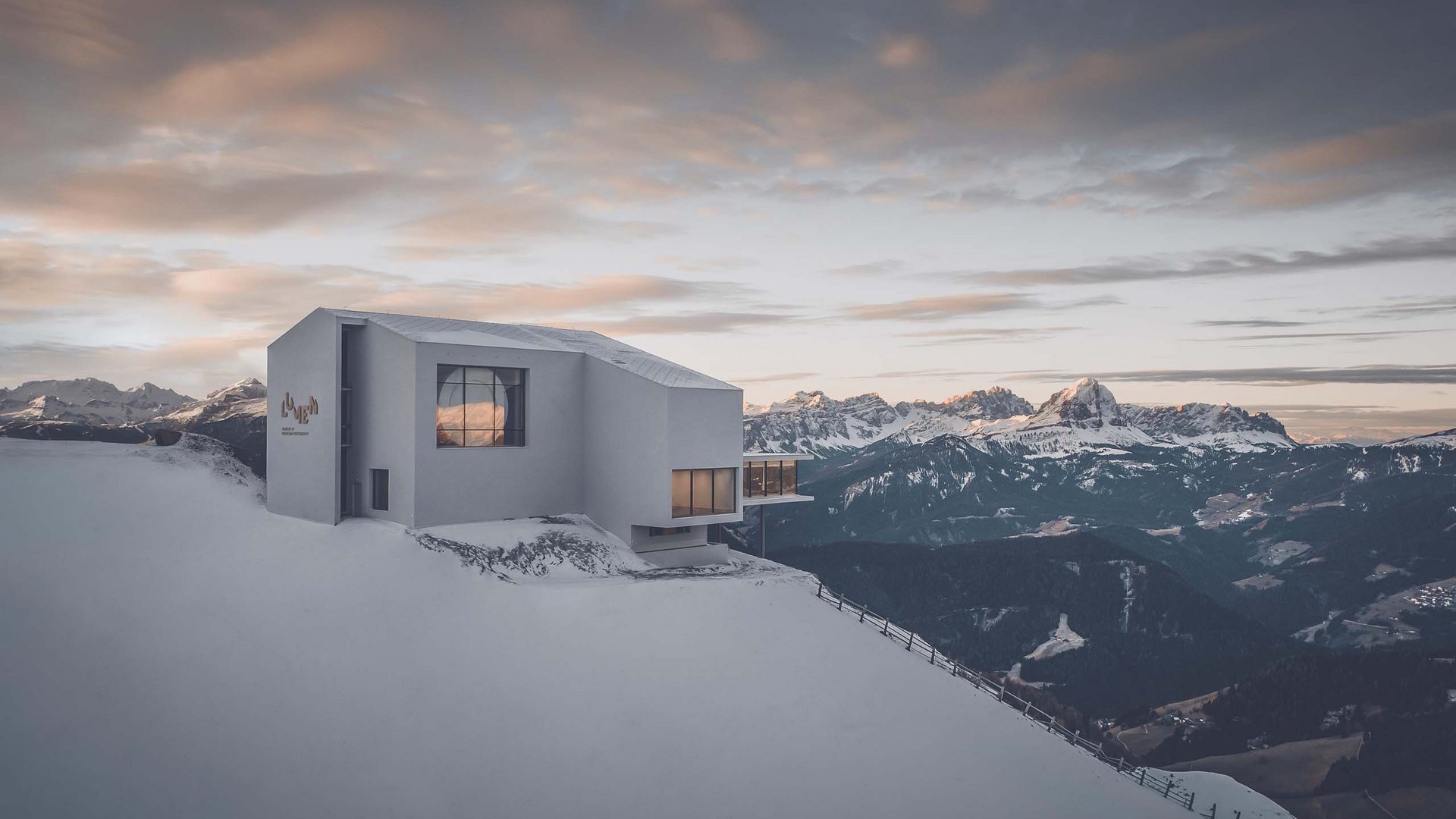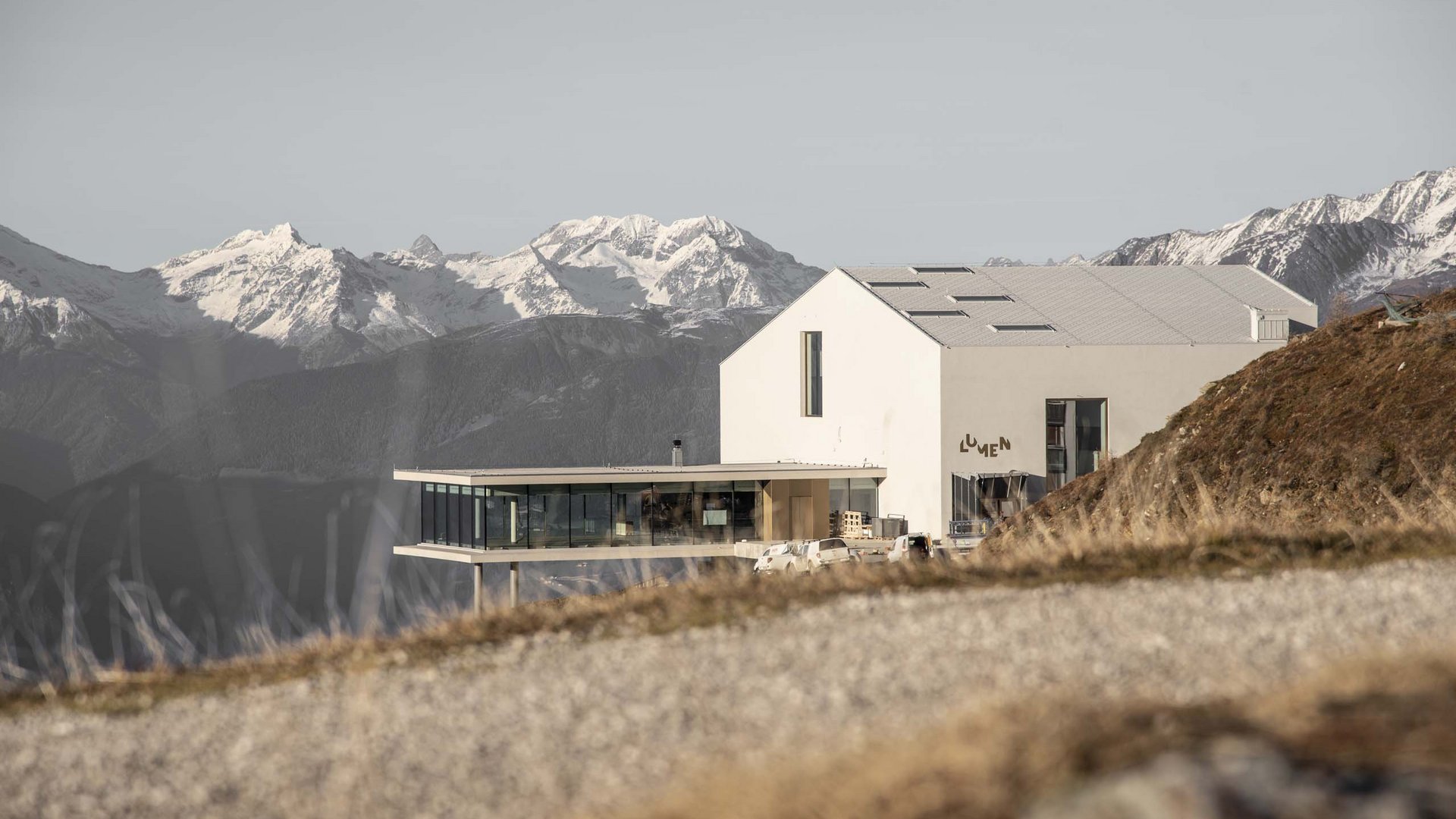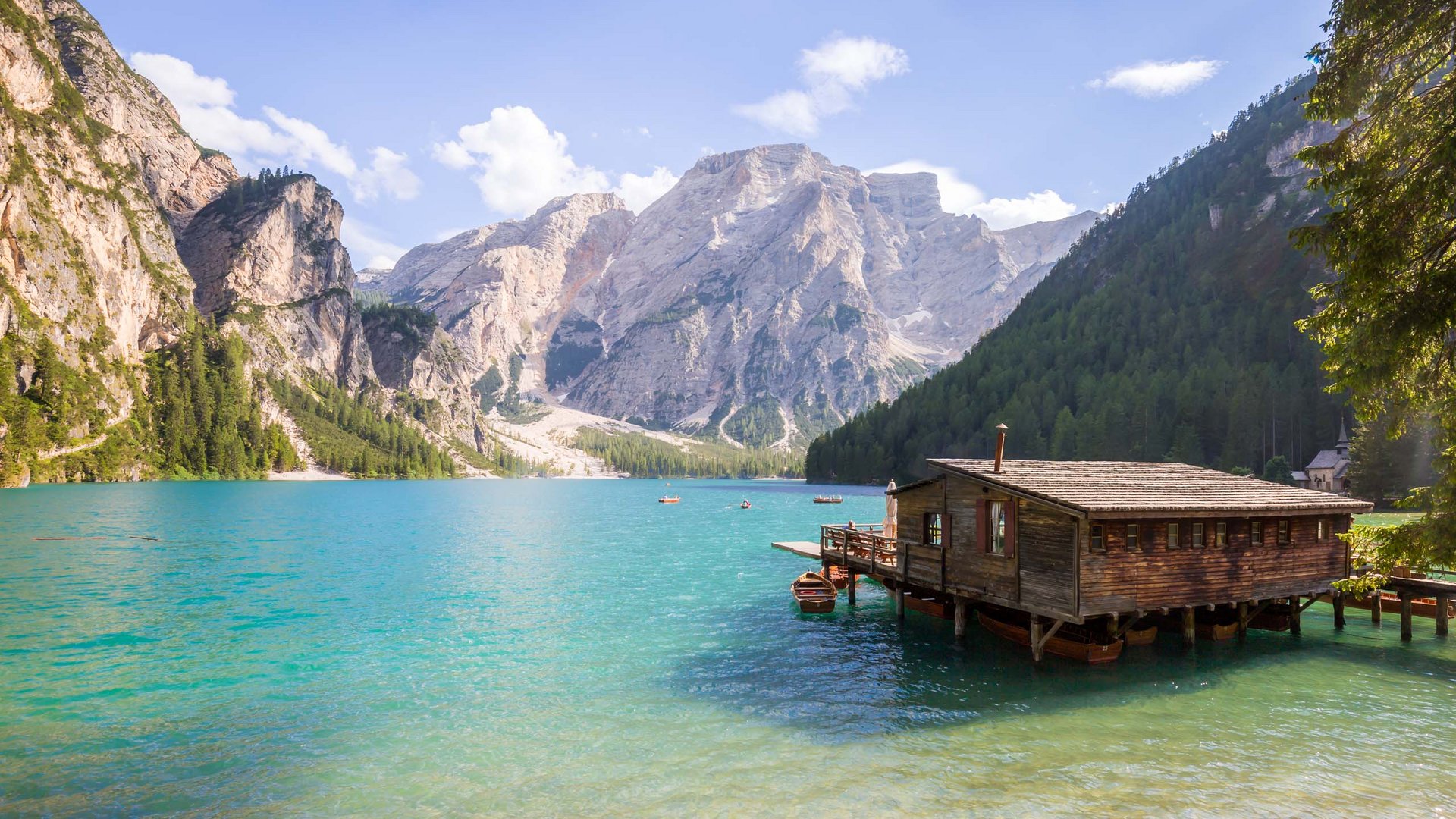Spectacular sights and destinations in Val Pusteria/Pustertal
The Alpen Tesitin is the ideal starting point for your adventures in Alta Pusteria/Hochpustertal. Visit one of the many museums, discover the idyllic natural scenery on foot, or create vibrant holiday memories at turquoise mountain lakes. We’ve compiled the best day trips and attractions for you here.
Messner Mountain Museum Ripa
Prato Piazza/Plätzwiese high plateau
LUMEN – Museum of Mountain Photography
Lake Anterselva/Antholzer See
Welsperg castle
The Three Peaks
Percha earth pyramids
DoloMythos
Innichen’s collegiate church
Folklore Museum in Dietenheim
Lake Dobbiaco/Toblacher See
Messner Mountain Museum Roca
The Three Peaks Dolomites ski area

![[Translate to Englisch:] [Translate to Englisch:]](/fileadmin/files/Bilder/01.jpg)
